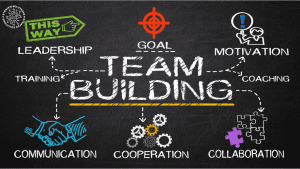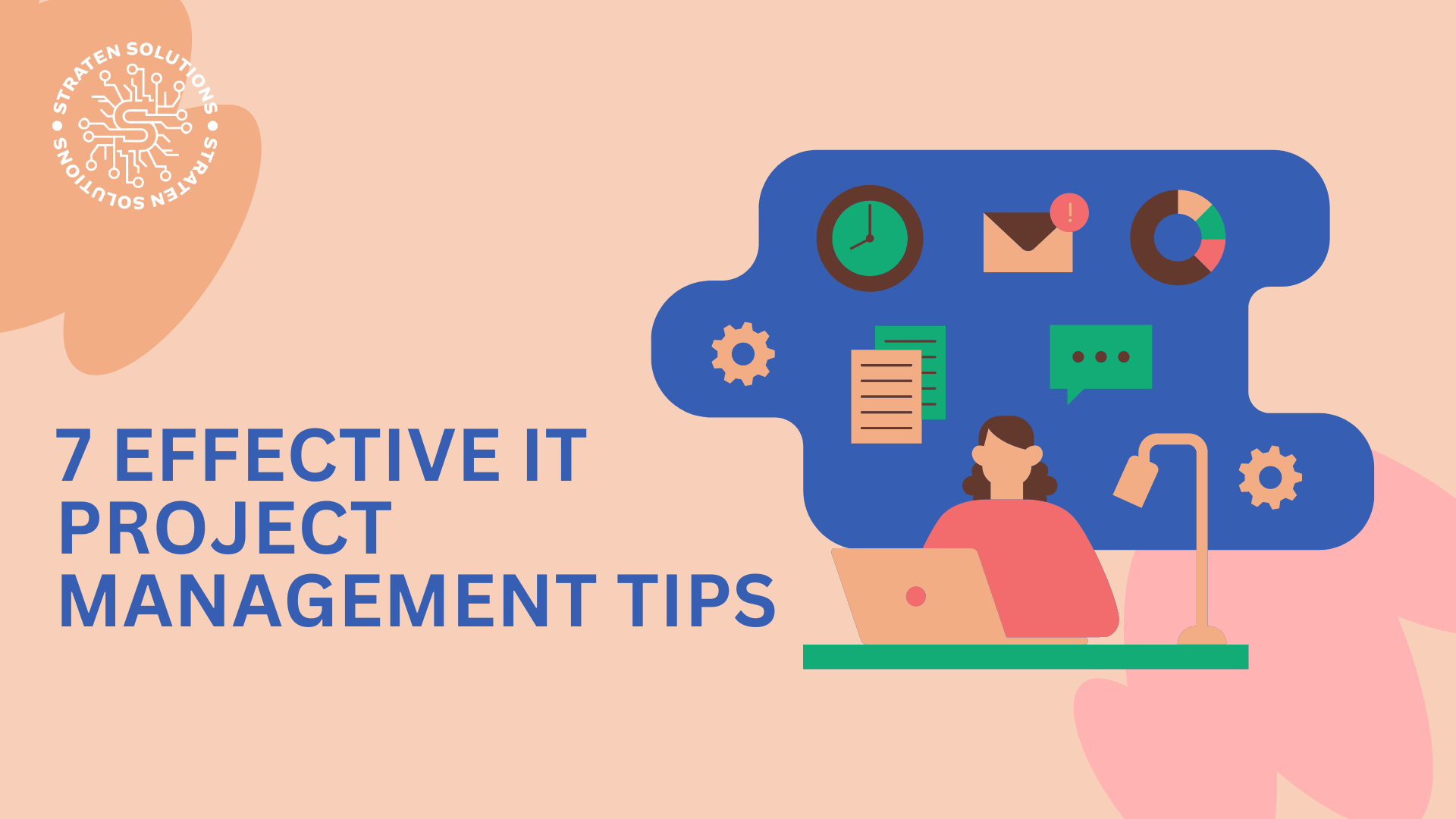
Ensuring effective management of IT projects is essential for delivering successful outcomes within schedule and budget. Given the rapid pace of technological advancements and the complexity involved, IT project management poses unique challenges. Whether it’s a small software development project or a large-scale infrastructure upgrade, implementing the following tips can significantly enhance the chances of your project’s success.
1. Define clear objectives and scope for IT project.
1.1 Establish Clear Goals
Start by outlining the desired outcomes for your project. Establish specific, measurable goals that support your organization’s strategic objectives. Ensure all stakeholders share a common understanding of these goals.
1.2 Outline the Scope
Clearly outline what is included and excluded from the project. A detailed scope statement helps prevent scope creep, which can lead to project delays and budget overruns. Document the deliverables, milestones, and any constraints.
2. Develop a Detailed Project Plan
2.1 Create a Project Schedule
Please create a comprehensive project schedule that encompasses all tasks, milestones, and deadlines. Utilize tools such as Gantt charts or project management software to illustrate the timeline and monitor progress.

2.2 Allocate Resources Wisely
Identify the resources required for each task, including personnel, hardware, and software. Assign resources based on their availability and skill sets. Ensure that team members have the necessary tools and support to complete their tasks effectively.
2.3 Establish a Budget
Create a comprehensive budget covering all project aspects, including labor, materials, and contingency funds. Monitor expenses closely and adjust as needed to stay within budget.
3. Build a Strong Team

3.1 Assemble the Right Team
Select team members with the necessary skills and experience for the project. Ensure that roles and responsibilities are clearly defined. Consider including representatives from key stakeholder groups to ensure diverse perspectives.
3.2 Foster Communication
Encourage open and regular communication among team members. Utilize collaboration tools and hold regular meetings to discuss progress, address issues, and share updates. Clear communication helps prevent misunderstandings and keeps the project on track.
3.3 Provide Support and Training
Provide assistance and training to empower team members in carrying out their responsibilities proficiently. Guarantee their access to necessary tools and resources and create avenues for their career growth.
4. Manage Risks Proactively
4.1 Identify Risks Early
Conduct a risk assessment at the project’s outset to identify potential risks and their impact. Take into account factors such as technology, resource availability, and external dependencies.
4.2 Develop a Risk Management Plan
Create a risk management plan that outlines strategies for mitigating identified risks. Include contingency plans for high-impact risks and assign responsibility for monitoring and managing each risk
4.3 Monitor and Adjust
Continuously monitor risks throughout the project lifecycle. Be prepared to adjust your plans and strategies as new risks emerge or existing risks evolve.
5. Maintain Stakeholder Engagement for IT Projects
5.1 Communicate Regularly
Keep stakeholders informed about project progress, changes, and issues. Use status reports, meetings, and other communication channels to provide updates and solicit feedback.
5.2 Manage Expectations
Set realistic expectations for stakeholders regarding project deliverables, timelines, and potential challenges. Address concerns promptly and transparently to build trust and maintain support.
5.3 Involve Stakeholders in Decision-Making
Engage stakeholders in key decisions and solicit their input on major changes. Involving stakeholders helps ensure that the project meets their needs and expectations.
6. Focus on Quality Assurance
6.1 Implement Quality Control Processes
We will establish robust quality control processes to ensure that deliverables consistently meet the required standards. We will implement regular testing, reviews, and audits to proactively identify and address any quality issues early in the process.
6.2 Define Acceptance Criteria
Clearly define acceptance criteria for project deliverables. Ensure that all team members and stakeholders understand these criteria and agree on how success will be measured.
6.3 Conduct Regular Reviews
Perform regular reviews of project deliverables and processes. Use feedback to make improvements and ensure that the project remains aligned with its objectives.
7. Adapt to Changes
7.1 Embrace Agile Methodologies
Consider adopting agile methodologies, which promote flexibility and iterative development. Agile approaches can help you respond to changes more effectively and deliver value incrementally.
7.2 Be Prepared for Change
Anticipate changes in requirements, technology, and other factors. Develop a change management process to handle modifications smoothly and minimize disruption.
7.3 Learn from Experience
Conduct post-project reviews to assess what worked well and what could be improved. Use these insights to refine your project management practices and enhance future projects.
Conclusion
Effective IT project management requires careful planning, proactive risk management, and strong team dynamics. By setting clear objectives, developing a detailed plan, and maintaining stakeholder engagement, you can navigate the complexities of IT projects and achieve successful outcomes. Embrace flexibility and continuous improvement to adapt to changes and drive project success.
Get in Touch
Do you have specific challenges with your IT projects? Our experts are here to help! Get in touch to discuss your project needs and discover how we can support your success. Let’s work together to turn your IT project goals into reality.






